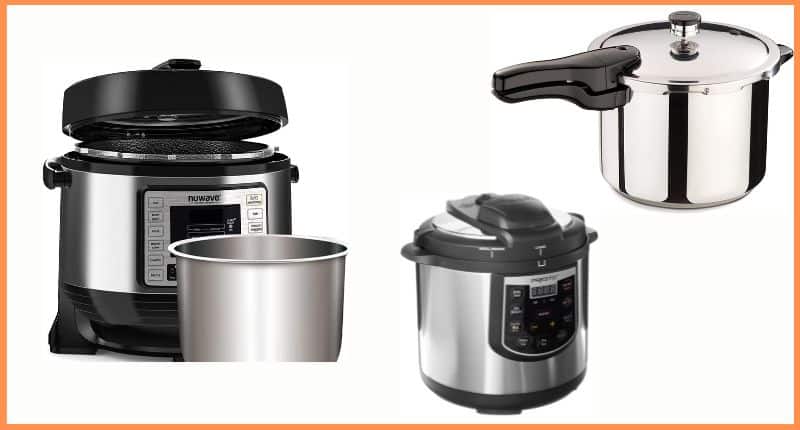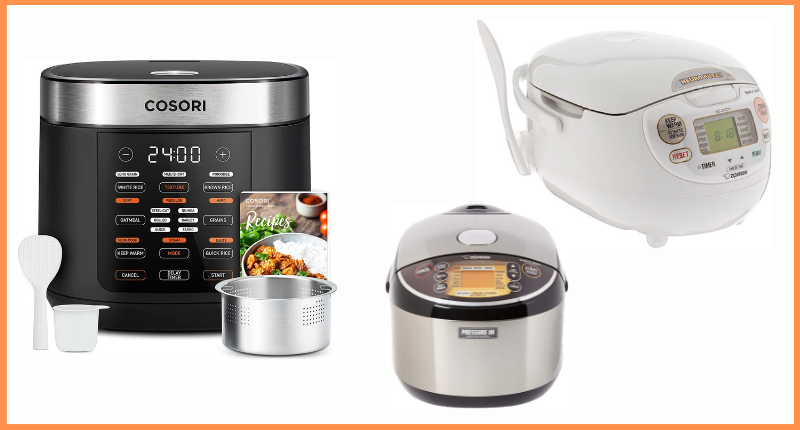Designing a kitchen is not just about creating a functional and aesthetically pleasing space. It’s about creating a hub of activity, a place where family and friends gather, and where memories are made. Whether you are renovating an existing kitchen or starting from scratch, there are several factors to consider to ensure that your kitchen not only looks great but also works for your lifestyle. In this article, we will explore the key things to consider when designing a kitchen.
Table of Contents
The Layout
The layout of your kitchen is the foundation on which everything else is built. It affects the flow of traffic, the efficiency of your work triangle (the path between the sink, stove, and refrigerator), and the overall functionality of the space.When designing the layout, consider the size and shape of your kitchen. Is it a small galley kitchen or a spacious open-concept kitchen? Are there any architectural features or structural constraints that need to be taken into account?One popular layout is the kitchen triangle, where the sink, stove, and refrigerator are arranged in a triangle formation. This layout allows for easy movement between the most-used areas of the kitchen. However, depending on the size and shape of your kitchen, other layouts like the L-shaped or U-shaped kitchen may be more suitable.Another consideration is the placement of appliances. Determine where you want your oven, microwave, and dishwasher to be located for maximum convenience.
Storage
Effective storage is essential for a well-organized kitchen. Consider the amount of storage space you need for your kitchen tools, utensils, and ingredients.Start by assessing the size and number of cabinets and drawers you will require. Think about how you use your kitchen and what items you need to store. Consider specialized storage solutions, such as pull-out shelves, spice racks, or built-in wine racks.It’s also important to think about the placement of your storage. Place frequently used items within easy reach, while less-used items can be stored in higher or lower cabinets.Don’t forget to consider pantry space. If you have the room, a pantry can be a great addition to your kitchen, providing ample storage space for dry goods and non-perishable items.
Countertops and Surfaces
Choosing the right countertops and surfaces is not just about aesthetics; it’s also about practicality and durability. Consider how you use your kitchen and choose materials that can withstand the demands of your cooking and cleaning routines.Countertops made of materials like granite, quartz, or solid surface are popular choices due to their durability and resistance to stains and scratches. They also come in a range of colors and patterns to suit various kitchen styles.When selecting flooring, opt for materials that are water-resistant and easy to clean. Tile, vinyl, or laminate flooring are good choices for busy kitchens.
Lighting
Good lighting is crucial in a kitchen, as it affects visibility and the overall ambiance of the space. When designing your kitchen, consider a combination of natural and artificial lighting sources.Start by maximizing natural light. If possible, place the sink or prep area near a window to benefit from natural daylight. Consider adding skylights or larger windows to flood the space with light.For artificial lighting, a combination of ambient, task, and accent lighting is important. Ceiling fixtures provide ambient lighting, while under-cabinet lighting or pendant lights can provide task lighting for specific work areas. Accent lighting, such as recessed lights or track lighting, can highlight architectural features or specific areas of interest.
Appliances
Choosing the right appliances for your kitchen is not just about functionality; it’s also about style and energy efficiency.Consider the size and capacity of each appliance, and how it fits into the overall design of your kitchen. Stainless steel appliances are a popular choice for their sleek and modern look, but there are also various finishes and styles available to suit different kitchen designs.Energy efficiency is another important factor to consider. Look for appliances with Energy Star ratings, which are designed to minimize energy usage and reduce your utility bills.
Final Thoughts
Designing a kitchen requires careful consideration of various factors, from the layout and storage to countertops, lighting, and appliances. By taking the time to plan and consider your needs and preferences, you can create a kitchen that not only looks great but also functions efficiently and enhances your overall cooking and dining experience.Remember, the key is to strike a balance between style and functionality. A well-designed kitchen is not only a visual delight but also a practical space where you can comfortably prepare meals, entertain guests, and create lasting memories with your loved ones.


